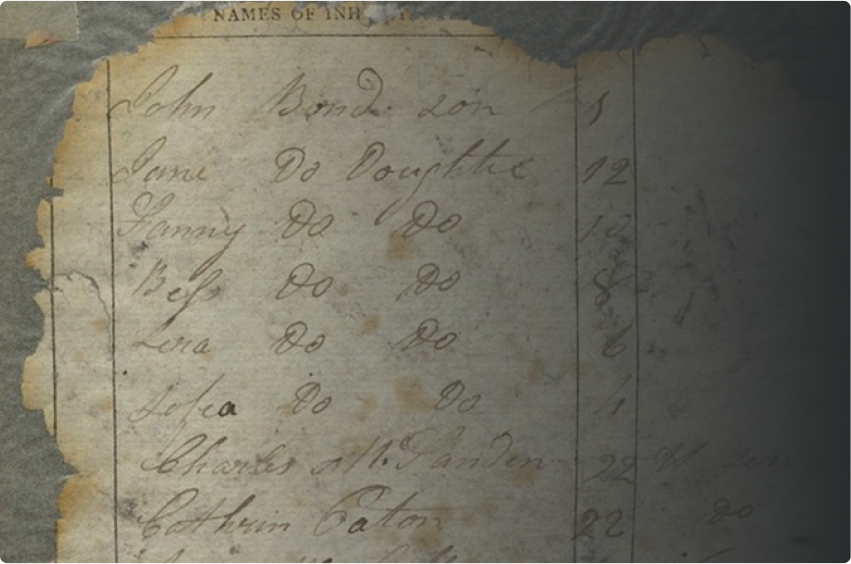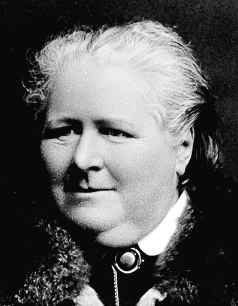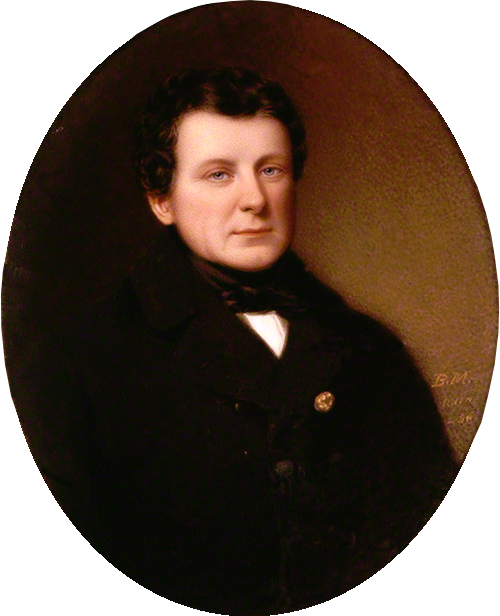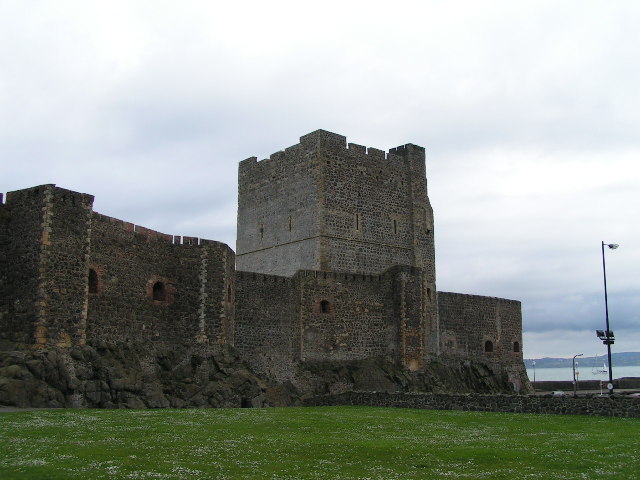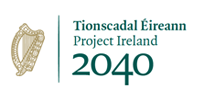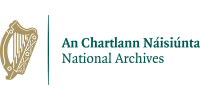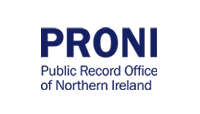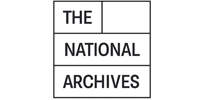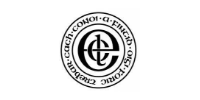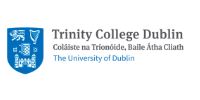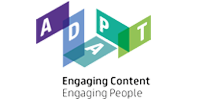The Knowledge Graph for Irish History is a dynamic research tool that helps you discover information across centuries of Ireland’s past.
Using Linked Open Data technologies, it makes connections between datasets and archival collections, both within and beyond the Virtual Record Treasury. The Knowledge Graph for Irish History is a Five Star Linked Open Data resource—the first of this kind to exist for Irish historical research.
A New and Dynamic Way to Explore The Past
Imagine a web of information where every person, place, or institution is part of a bigger story. The Graph lets you follow these threads—revealing how people’s lives and locations were connected, and making it easier to navigate Ireland’s deep history. The Knowledge Graph is constantly expanding as new people and places are added and new connections uncovered.
The power of the Knowledge Graph comes from its Semantic Web structure. The Graph can be understood as an information network, where historical data is organized into categories, classes, and relationships. Unlike a conventional database, all data in the Knowledge Graph has a ‘meaning’ that a machine can interpret. In other words, raw information becomes knowledge—and this knowledge can power research and discovery.
The Knowledge Graph for Irish History draws on curated datasets containing data on people and places. Individual people and places mentioned in the Graph are known as ‘entities’. Every entity in the Graph has a unique resource identifier, or URI. The Knowledge Graph is a dynamic resource. As more historical entities are added, the Graph will continue to grow.
To date, the Knowledge Graph contains over 2.9 million linked data ‘triples’—meaningful statements—concerning people, places, offices, and organizations across Irish history.
.jpg)














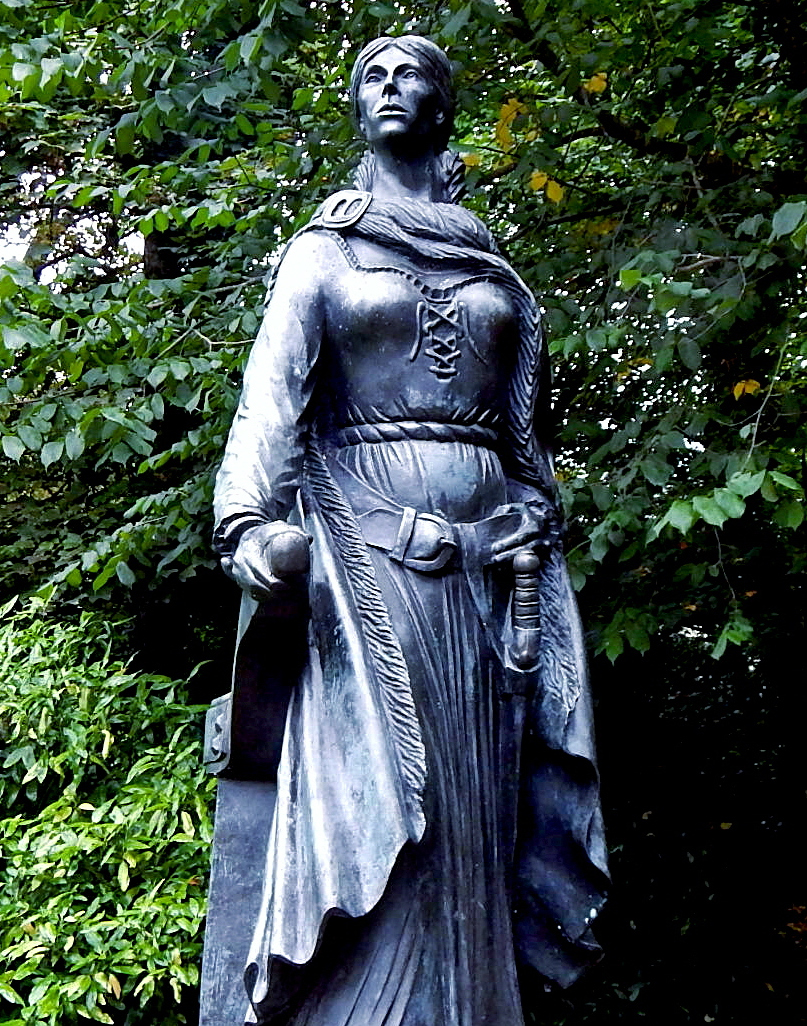

.jpg)
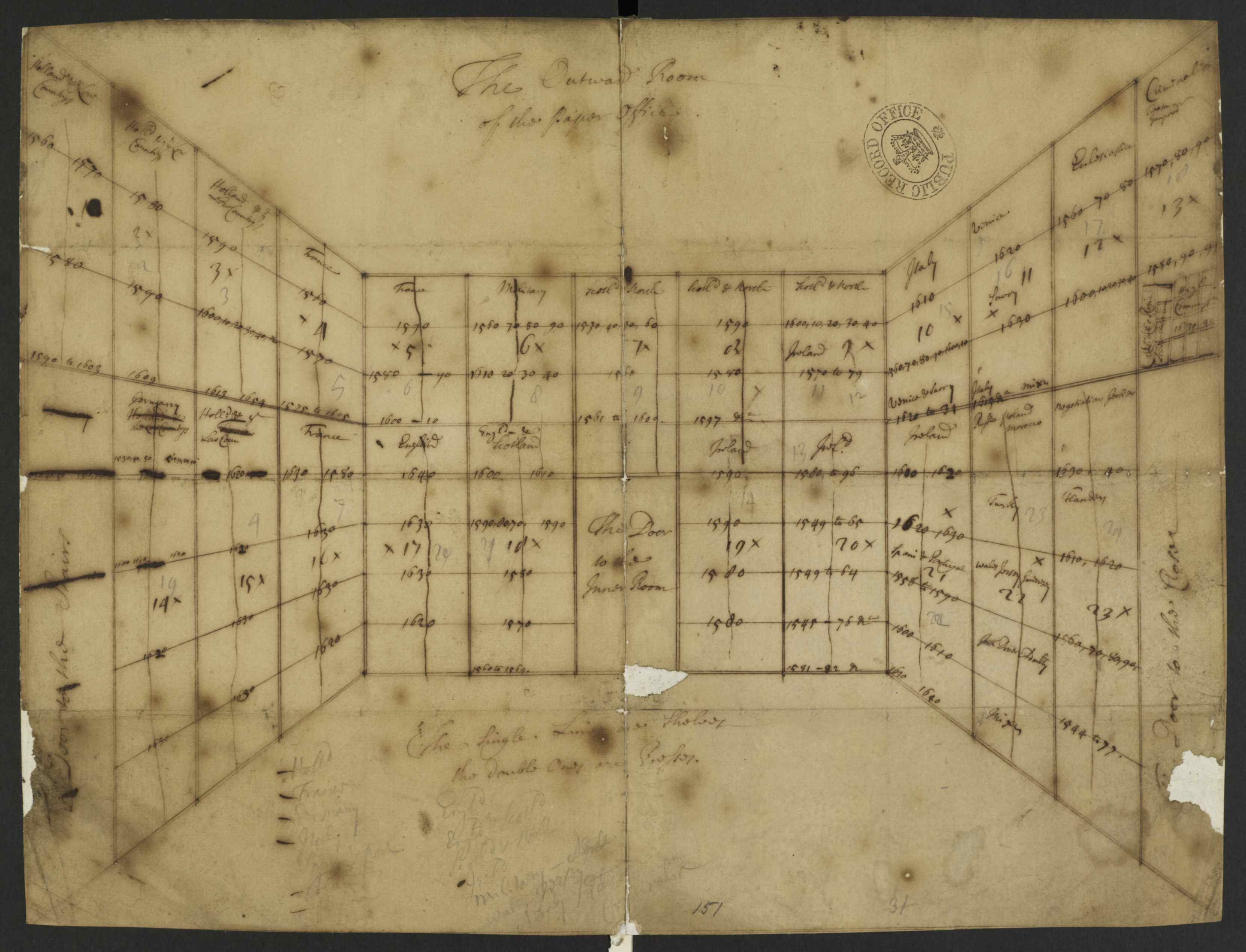
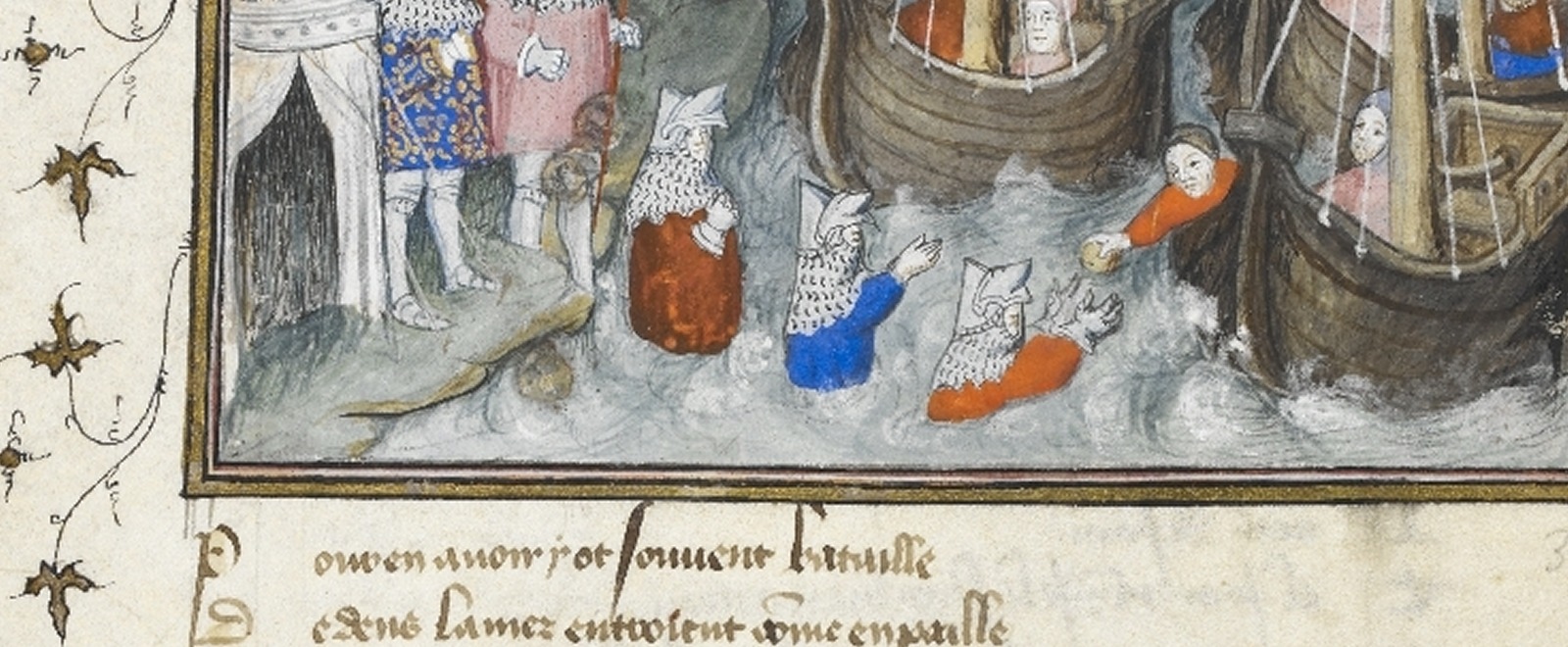
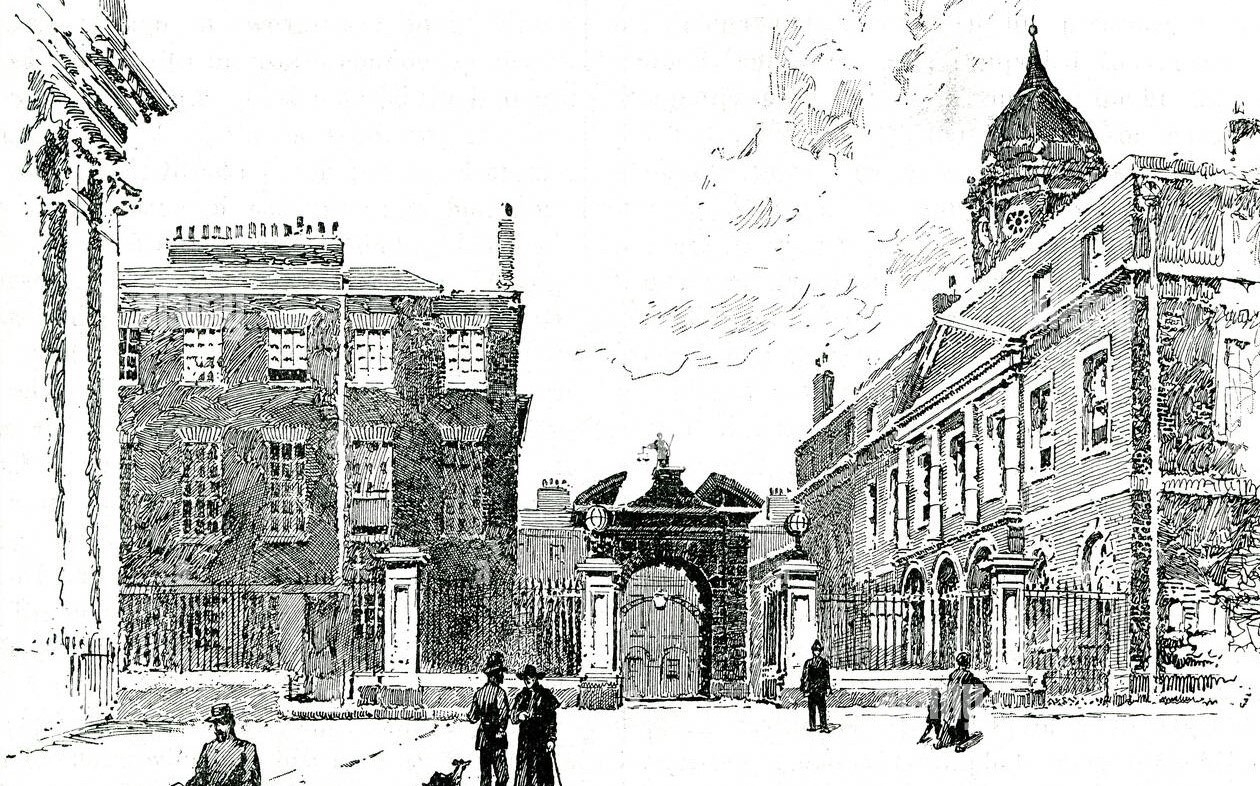
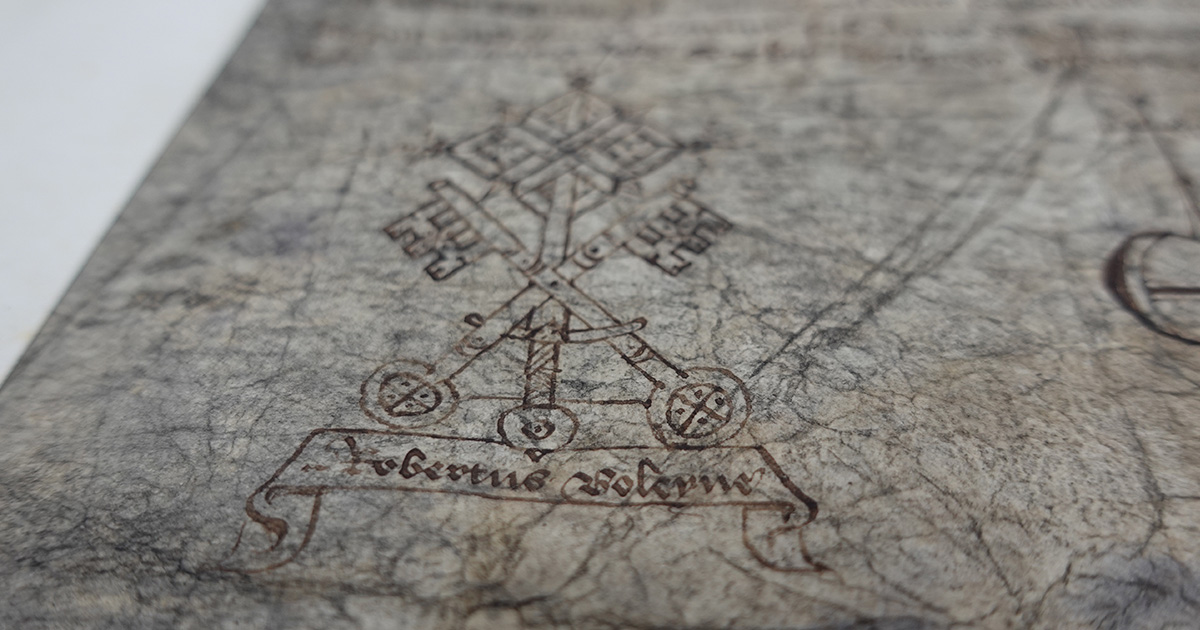
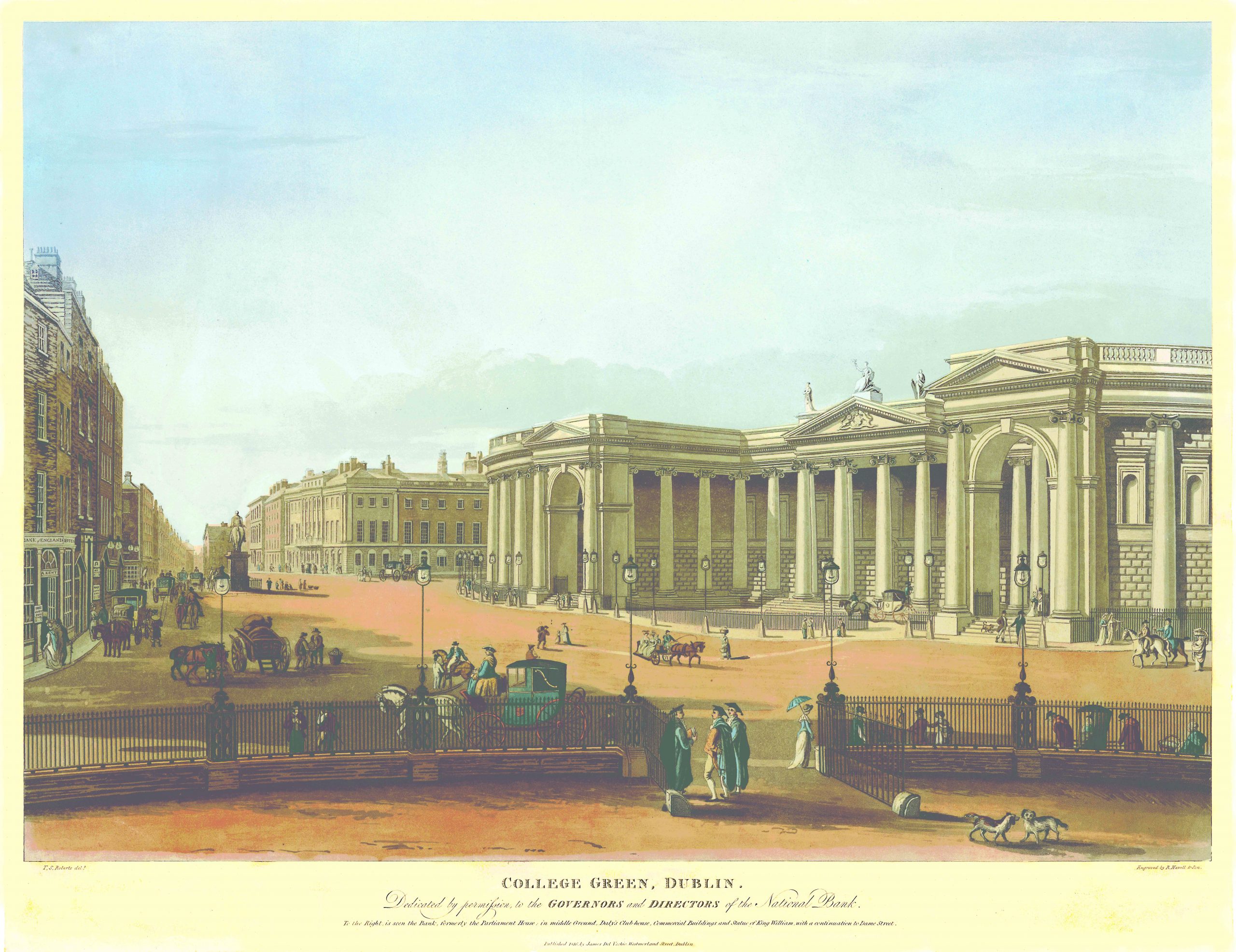
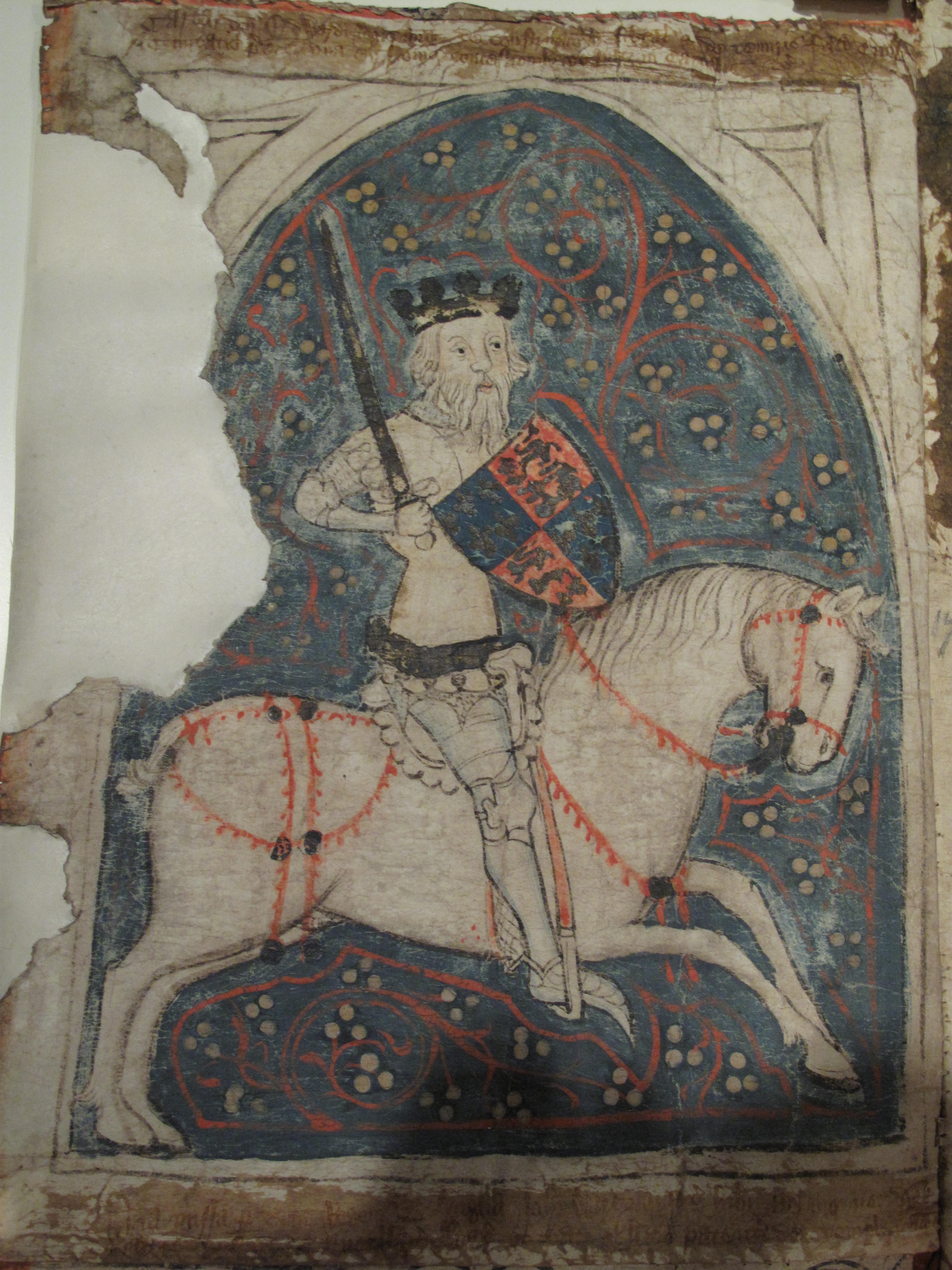
.jpg)
,_f.8_-_BL_Add_MS_27695 (1).jpg)
